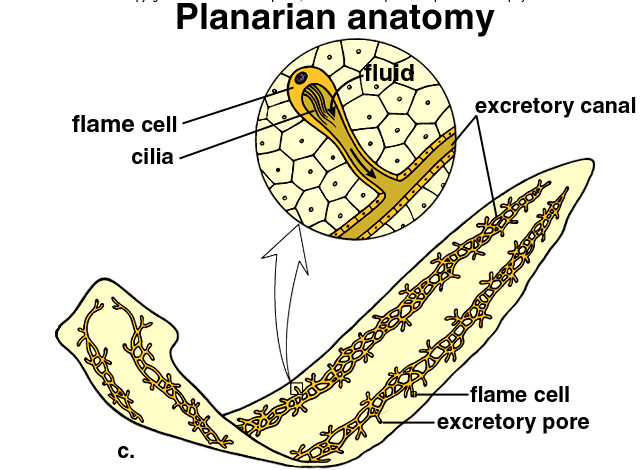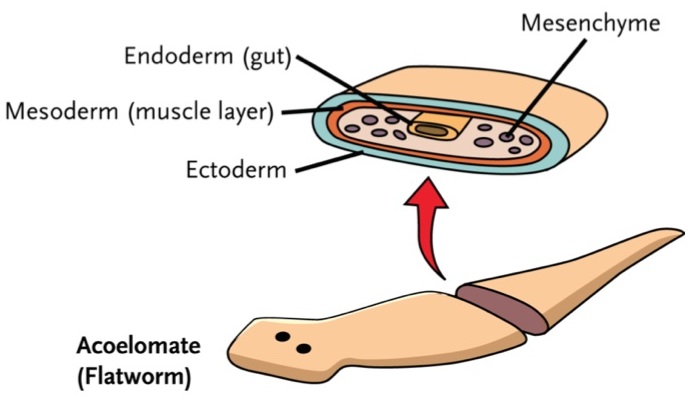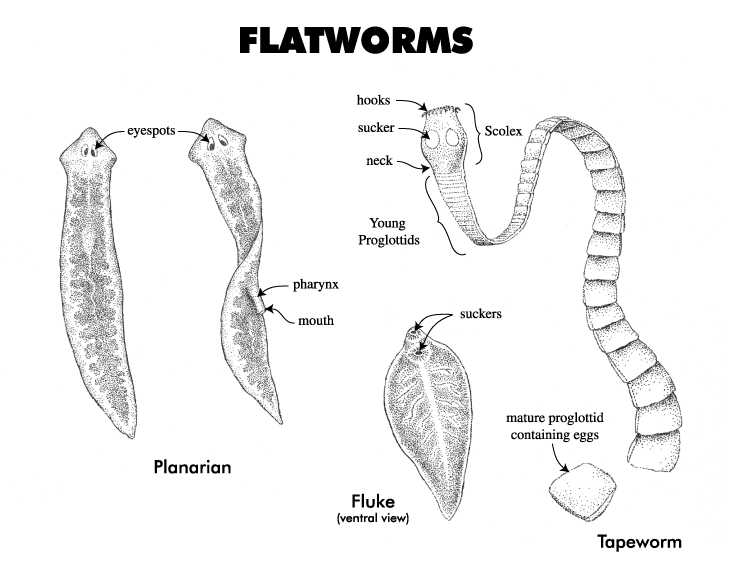The variety of worms found in cats is very large. And worst of all, that 100% protection of the cat from this scourge is almost impossible, since eggs of parasites can in any case get into your dwelling from the street. One of the most dangerous, but rarely found, are flat worms in cats.
General information
All cestodes have a rather complex life cycle, which necessarily includes one or more intermediate hosts. Of the two main groups of flatworms (cyclophyllidean and pseudophyllidean) in cats are more frequent representatives of cyclophyllidean. In particular, they include a widespread cucumber tapeworm, that is, Dipylidium caninum, as well as Thaenia, Mesocestoides, and Echinococcus, which present a serious danger to humans. Why exactly echinococcus?
The fact is that both cats and dogs with humans – all of them can be both the main masters, in which the adult stage of parasites live, and intermediate, serving as a “vessel” for the larvae. And the latter, by the way, have the unpleasant habit of forming in the internal organs of the animal bubbles filled with scolex (heads) of parasites. Infection of the cat occurs when it eats the infected intermediate host.
Adult cestodes grow to an adult state, depending on the type and condition of the animal’s immune system, in two to three weeks, but sometimes this period can last up to two to three months.
As in the previous case, cestodes such as pseudophyllidean, such as Spirometra or Diphyllobothrium latum, also need intermediate hosts, but one of them must be a freshwater mollusk or other aquatic invertebrate.
Symptoms
What symptoms do you notice when you get infected? Adult cestodes reside in the small intestine of cats. Every day, from the rather large body of the worm, segments are detached, carrying hundreds or even thousands of eggs on board. In most species of parasitic flatworms, segments of their body have the ability to move independently (some can crawl up to a dozen meters), and therefore the segments in a sick animal are regularly found in the genital area. What is more unpleasant, they can crawl anywhere, so do not neglect frequent wet cleaning.
As for the symptoms, in adults and physically developed animals, they may not be observed. In such situations, the only sign that can alert hosts is the “free” segments of parasites, from time to time found in the feces of the pet or directly in the apartment. The latter is particularly unpleasant because many species of cestodes are to some extent dangerous to humans. But not always parasitic diseases occur so “without a trace.” Cases of peritonitis have been described, and severe digestive disorders develop regularly in sick animals, manifested as vomiting, diarrhea, and severe weight loss. So do not notice that something is wrong with your pet, it’s quite difficult.
Diagnostics
Diagnosis is based on the detection of fragments of parasite bodies in fecal masses. In addition, a diagnosis is possible based on the identification of eggs in the analysis of feces. In cucumber chain, segments are reminiscent of white seeds of cucumbers; in other species of cestodes, body segments are more similar in shape to small rectangles. Note that the segments have a form that is sufficiently characteristic for the diagnosis and clarification of the species of the parasite, exclusively in fresh condition. When drying, they wrinkle, which complicates the process of “identification”.
In these cases, dried tapeworm segments can be rehydrated in physiological saline. Simply put, the dried joint is placed in a warm liquid, after which it is absorbed by moisture and again spread out, becoming a good material for microscopic examination.
Why is segmentation so important? The fact is that in many cestodes, eggs are excreted exclusively by segments that have fallen into the external environment. In simple terms, they do not exist in feces, or there are so few eggs that feces research in any case will not yield anything.
Exceptions are “compact” species of cestodes. In particular, adult individuals of echinococci come across from time to time with microscopic examination of feces. So, in order to establish the correct diagnosis, it is necessary not to confine oneself to one method, but to resort to a comprehensive study. Otherwise, there is a high probability that it will not be possible to detect worms.
Treatment
Cestodes “respond well” to treatment with praziquantel, epsiprantel or fenbendazole. The first two drugs should be considered preferable, as they work particularly well against Dipylidium caninum (it is considered the most common type of parasitic cestode in pets). In addition, they are good at destroying all varieties of Taenia and Echinococcus. And this – in spite of the fact that only prazikvantel is officially recognized as a means, suitable for the destruction of echinococci. Fenbendazole is not effective against cucumber chain, but can still be used against varieties of echinococcus. It is also used for the destruction of cestodes from the genus pseudophyllidean, but the dose should be increased twice as much against the standard recommended and given twice.
It should be remembered that effective therapy in all these cases is not limited exclusively to drug treatment. For example, for good protection of your pet from repeated infection with a cucumber chain, the owners must exert all efforts to complete destruction of fleas, wagons and lice, since they are intermediate hosts of the parasite. Protecting the pet from infection with echinococcus is more difficult, since for this it is necessary not to allow the eating of mice and rats to animals. At home (that is, in a private home) it is almost unrealistic, and therefore it is necessary to show the cat to the vet at least once a quarter for preventive purposes.
In general, in conditions when the cat regularly “clings” to fleas, even protection against possible infection with cucumber chain becomes difficult. Firstly, a cat must wear anti-collar collars around the clock. Secondly, the animal’s fur should be regularly treated with insecticides and repellents. If you live in a locality where veterinarians and physicians fix persistent cases of infection with echinococci, the pet should regularly be given the same praziquantel in prophylactic doses, after consultation with a specialist.
We remind you that in this case, you yourself are advised to take tests of feces at least once a quarter. Echinococci, as we have repeatedly stressed, are dangerous for their “versatility”: if your cat has adult cestodes in the intestine, then you can become an intermediate host, “sheltering” the larvae in the muscles and internal organs. And this is a direct and reliable way to disability.
Danger to humans
Important! Prevention of infection with cestodes is important precisely the protection of not only domestic animals, but also the person himself. It is for this reason that it is necessary to combat mice and rats, as well as blood-sucking ectoparasites. How dangerous are the cats “cestodes” for their owners. Here everything depends solely on the type of worms, as well as on the condition of the person.
In particular, there are isolated reports about the possibility of “picking up” parasites from the genus Taenia. The risk of infection is relatively low, and the diseases caused by these cestodes are not very common in our country, but the probability differs from zero. Eggs of all cysticercles are successfully developed when they enter the human body. To remove the same cysts or have not yet had time to “pupate” in the internal organs of the larvae, it is necessary to resort to serious chemotherapy or, more often, surgical intervention. Finally, long-term use of antihelminthic drugs in preventive doses will be required. This is necessary to completely prevent the possibility of re-infection.
But what about the common Dipylidium caninum? It is reported that the likelihood of infection is also there. But this happens more often in the case of young children who accidentally eat an infected flea. But in this case, parents do not need to panic: in the human body this parasite feels bad and is quickly treated.





















